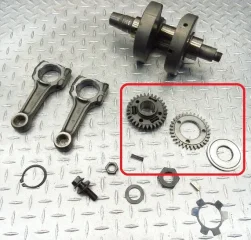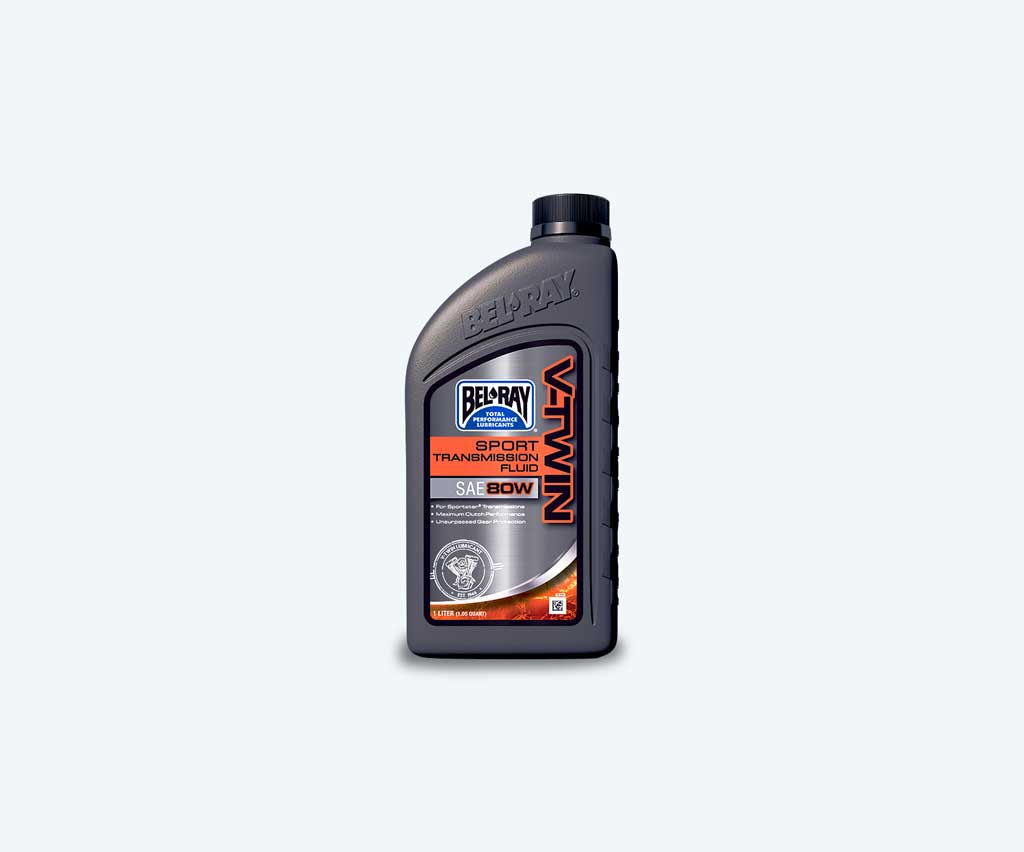cliffa
VIP MEMBER
- Joined
- May 26, 2013
- Messages
- 4,216
That is a very interesting hypothesis. I actually have my primary apart at the moment and did wonder why the gears don't fully align. Could it be a simple screw up as you suggest? I also think the fact that the three shafts are not in alignment causes uneven thrust to the scissor gear as I have wear on over 180° of the main gear collar where the scissor gear sits. If I assemble them without the spring and shake them I hear a familiar rattle.Ok, being a newbie it seems I am reopening old threads. So I have some comments on the rattling noises emanating from the engine:
1. It is true that the all gear primary drive is by nature more noisy than a chain or belt drive
2. It also true that the main cause of the "extra" noise is the counterbalance gear.
3. I am fully convinced that a simple redesign of the gear can eliminate most noises.
4. The redesign is reversing the taper so the gear mounts "inside out" and reversing the counterbalancer direction.
5. There is a very logical reason for this and it goes like this:
As assembled, both parts of the counterbalance gear engage the crankshaft AND the primary (clutch shaft) gears. By both parts I mean the "main" part of the gear and the "narrow", spring loaded antibacklash component. THAT IS A NO-NO! By definition, an antibacklash gear pushes back (thru the spring) against THE non driving side of the driving tooth of the crankshaft gear. But what is happening in our primary cases is not that, each antibacklash gear egages one tooth with the crankshaft AND ANOTHER TOOTH ENGAGES THE CLUTH GEAR! The end result is that the antibacklash gear will adjust to the TIGHTER tolerance side (engaged tooth), so at times the full intermediate gear will mesh with the crankshaft at zero backlash and sometimes with the clutch, causing unneeded rattling noises and vibration. An antibacklash gear MUST engage ONLY ONE gear, not two!!!
If we look closely in the cases we can see that, if the countershaft gear is reversed, the narrow side only engages the crankshaft gear and that would allow the antibacklash mechanism to actually work. I suspect that this alignment shows that the original design was accounting for this, but someone screwed up and reversed the taper in the gear and either nobody noticed it or they thought nothing of it!
I don't know if there is enough meat and space in the existing gear ( and the primary case) to machine out the center and install a reverse taper insert in it and reverse the counterbalancer direction, I did not measure things when I had the case open, but I am sure that if someone tried the result would be well worth it, but of course a brand new gear with the correct taper direction would be almost magical.
Any ideas / connections with cintered metal manufacturing?
I have ordered a new gear assembly from Ollie Thiel, so may have a play around with the old one.



